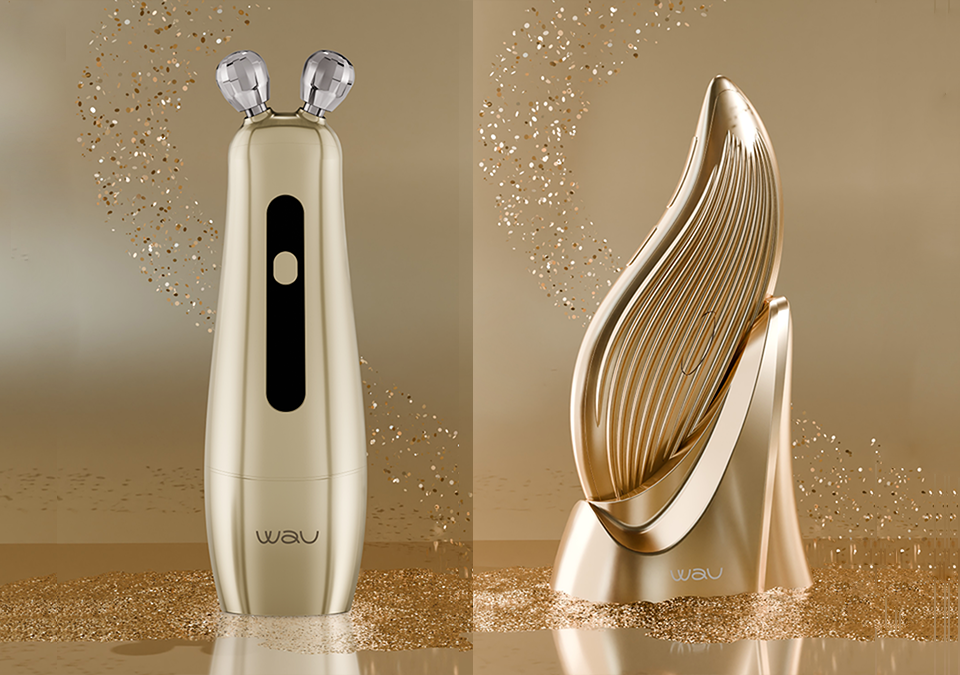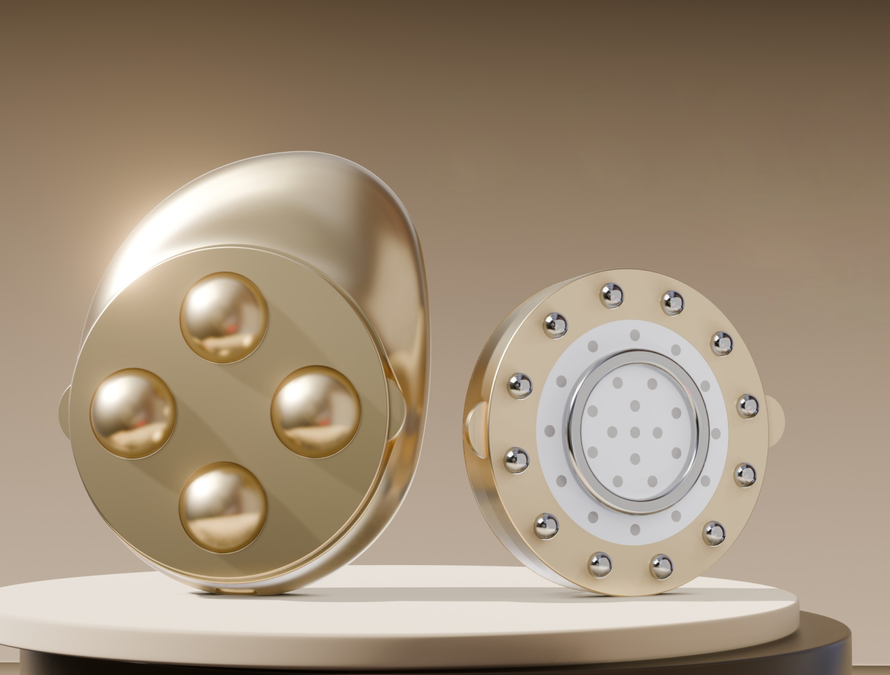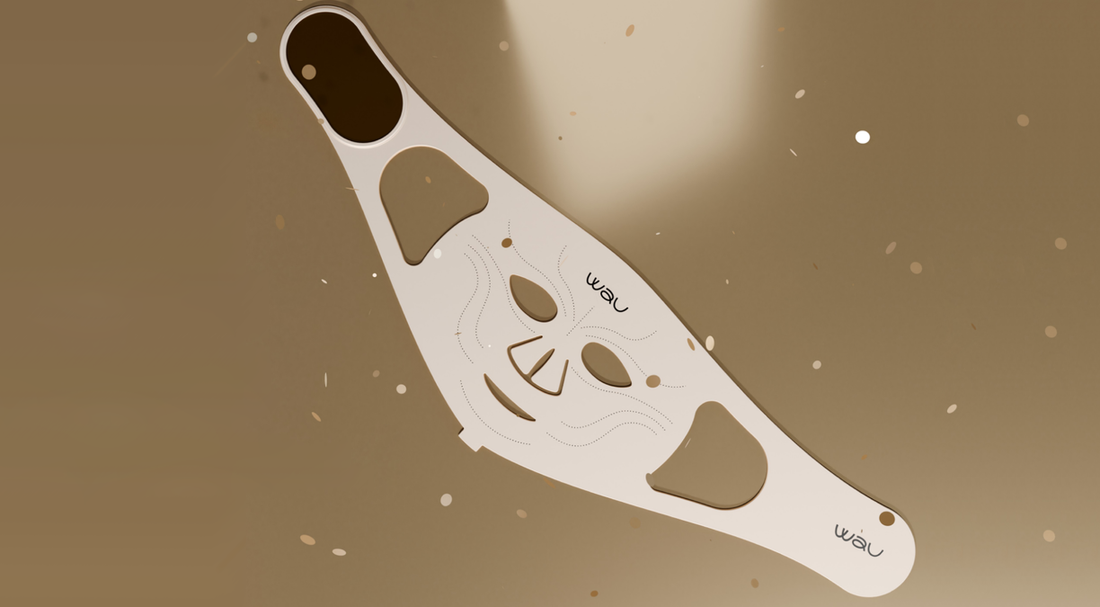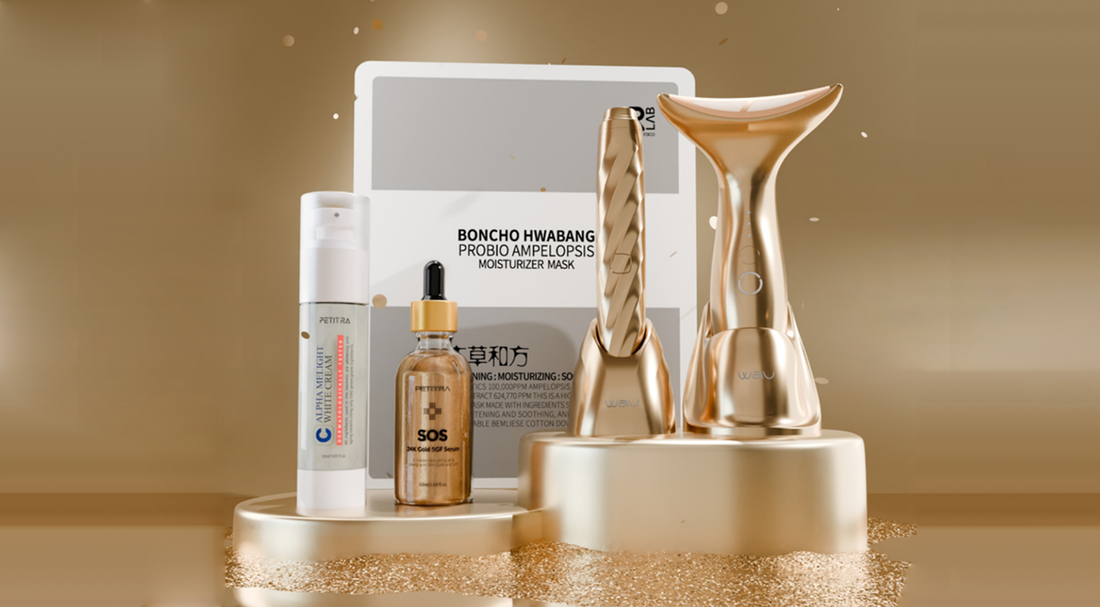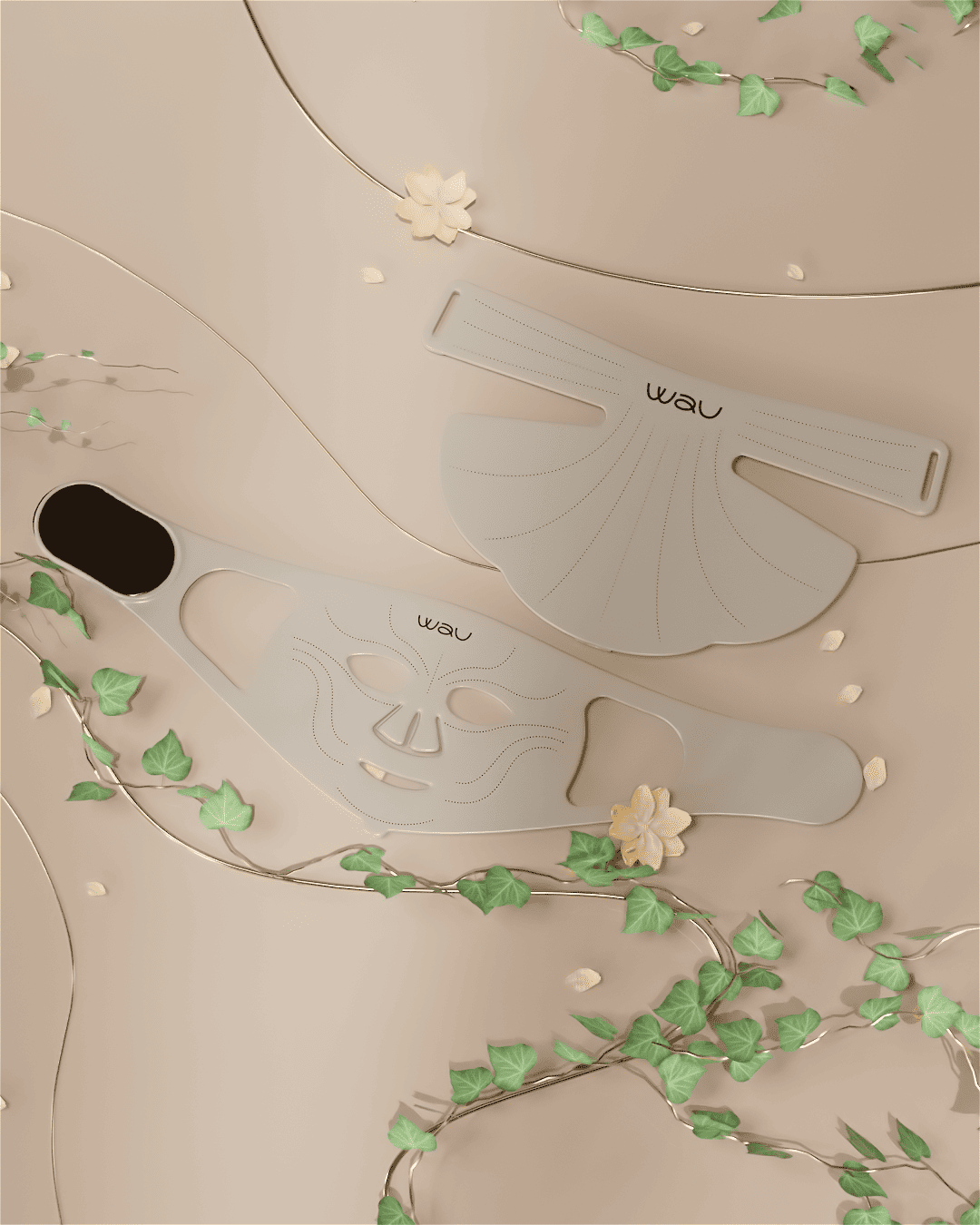If you are considering home skin care with electrical stimulation, it is important to understand the difference between microcurrent and myostimulation (EMS). Both technologies work with current, but they produce different effects
Microcurrents: lifting and skin renewal
Microcurrents are low-frequency currents that gently affect the skin:
✔ Improve cellular metabolism
✔ Stimulate the production of collagen and elastin
✔ Reduce wrinkles and pigmentation
✔ Increase the conductivity of skin care products
✔ Improve lymphatic drainage
Who is it suitable for?
Ideal for sensitive skin, preventing aging, combating puffiness and restoring elasticity.

Myostimulation (EMS): training for facial muscles
How does it work?EMS uses high-frequency currents that make muscles contract as if they were training:
✔ Tightens the oval of the face
✔ Reduces jowls and double chin
✔ Improves lymphatic drainage
Who is it for?
Those who want a quick lifting effect and muscle strengthening.

Why is EMS not recommended for the forehead area?
Electromyostimulation (EMS) can really do wonders for the lower and middle part of the face, but you need to be careful with the forehead area. Here's why:
Anatomical featuresThe skin in the forehead area is thinner. Intense contractions can lead to:
- Muscle strain
- Appearance of new expression wrinkles
- Discomfort
Alternative solutions
For the forehead, the following are better suited:
- Microcurrents
- RF lifting
WAU expert opinion
«Microcurrents and EMS complement each other perfectly. Microcurrents improve skin quality, and EMS strengthens muscles, creating a natural lifting effect. For maximum results, they can be combined: for example, use MIO 2 for daily care, and VIA for intensive tightening 2-3 times a week»
